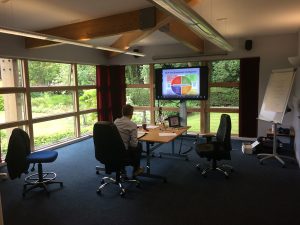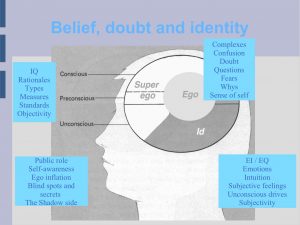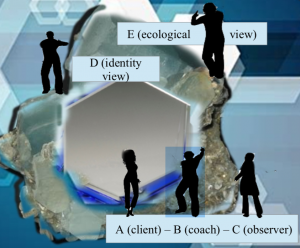The perceptions and scaffolds of emotional intelligence
It’s interesting to consider if we can separate words and communicating them, from feelings and experiences and their environment.
At a recent coaching session at The Hawkhills, outside Easingwold, I considered with my client how emotional intelligence is related to our perceptions and the distance we take from them.

Stepping back
It can be good to step away and view things by letting the mind roll into new spaces, having a pleasant environment for that to happen.
Susan David suggests “successfully happy people are unstuck, they are agile.”
Agility is a physical state. The mind has a tendency to stuckness; nature has a tendency to become rotten, petrified, to gather dust and cobwebs; organisations and all structures have a tendency to dissipate and collapse over time; communication tends towards misunderstanding. By stepping away as at the session with my client, it was possible to consider how language can work creatively to oppose this – as a gardener manages a garden – and how various perceptual positions assist.
Seeing the wood for the trees

Seeing the whole
Where relationships are affected by so-called “negative somatic markers” we are aware of hot, warm and cold energy as time goes by from the initial disruption, and how the time and effort needed to “clean” the thoughts that become solidified out of the original emotions, multiply accordingly. Emotion turns to reasoned thought after time and creates the reality we perceive as normal.

Hot, warm or cold?
In the coaching context, we connect the various channels for experience: what are the images when the client thinks of the problem and its outcomes for themselves, what are the words associated with these evoked images, what are the emotions they feel and where do they feel them?
The gap between envisioning something and the action itself and feeling the best way towards doing it … is filled by our voices, by our conversations with others and ourselves.

Co-active and more ….
So, the induction process of closing one’s eyes, listening, then thinking of a place and being in that, experiencing what is associated with that image, is about how to catalyse or uncover, from different levels, the rules or games of the activity that is under observation and the paradoxical language, incongruent behaviour and cognitive dissonance that are evoked along with it.

Conference comfort
In amongst the awareness of how language works internally and when used with others, and the elements of coaching that cover change psychology and theories – where the framing and reframing of experience, and the embedded presuppositions and beliefs of the other person are concerned, the co-active measures coaches employ as effective – we discussed how to cool off or park the emotions: by writing and re-reading our thoughts, later; by considering emotions as bodyguards; by realising that “the other is not me”; by understanding that taking more than 21 days to process the emotions leads to them becoming stuck; by remembering that when we sleep we cannot make mistakes, and that we cannot just “give” happy solutions, success, etc; then by considering our options for addressing the obstacle that may be felt to be preventing or blocking a good outcome, using various kinds of scaffold to reach those goals.

Layers of scaffolding







